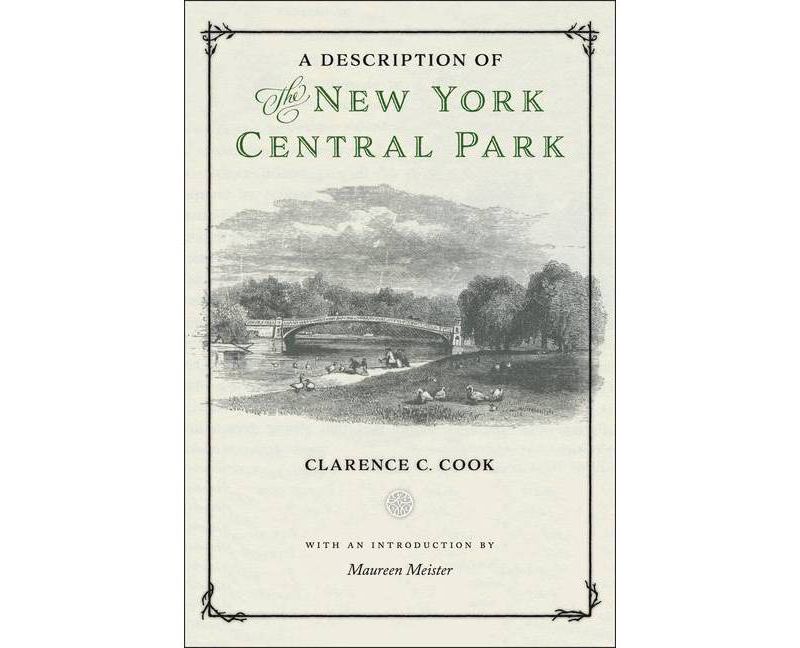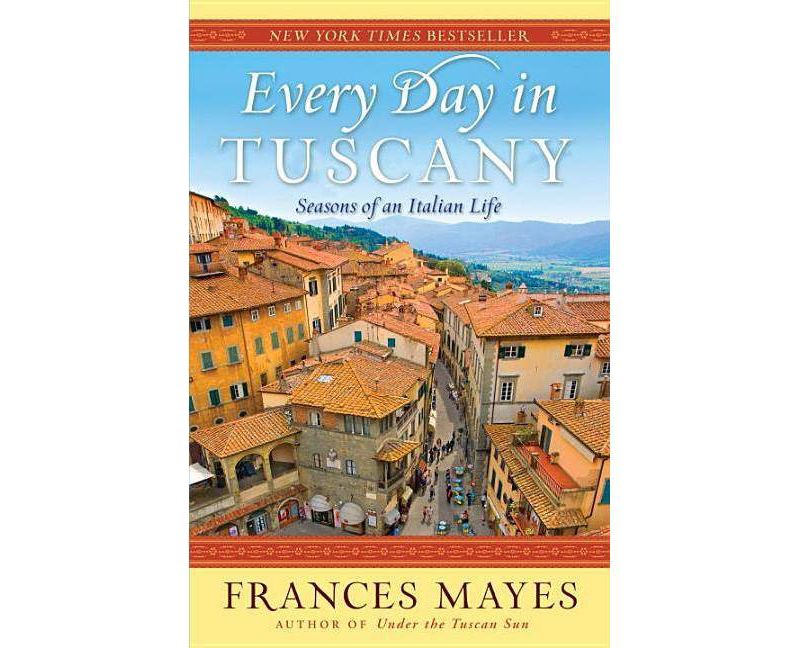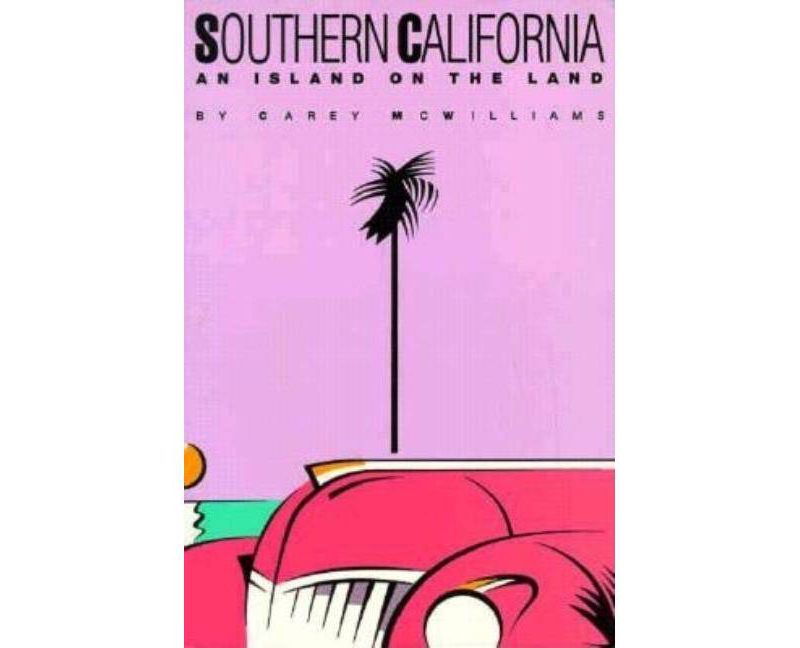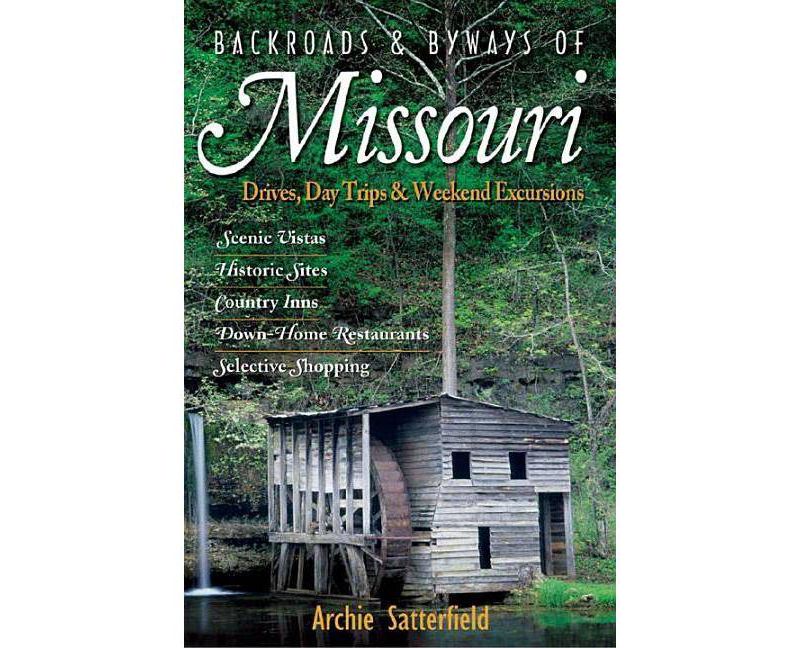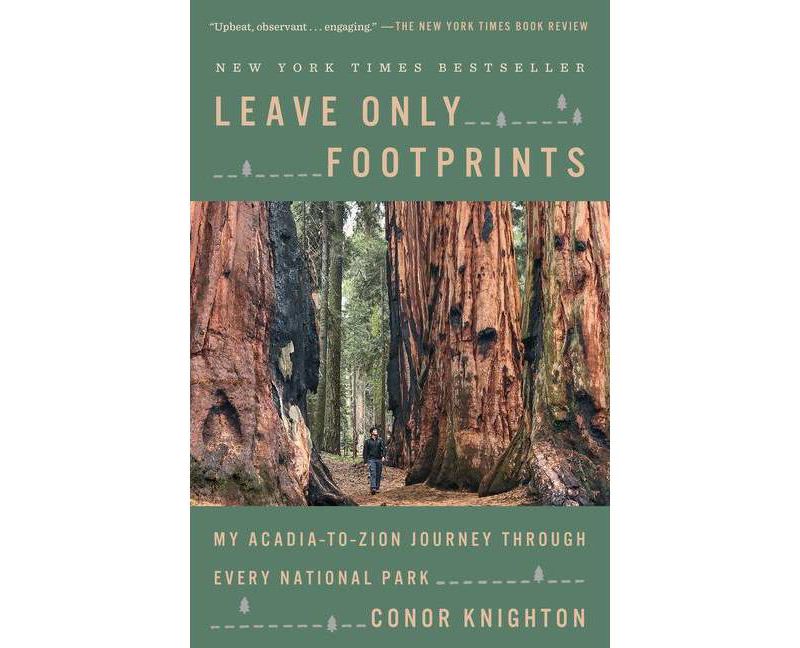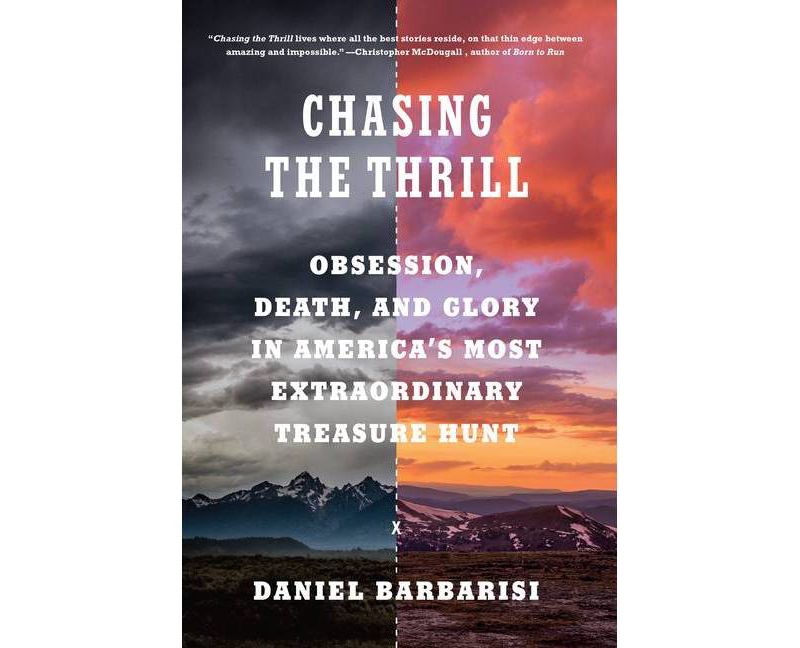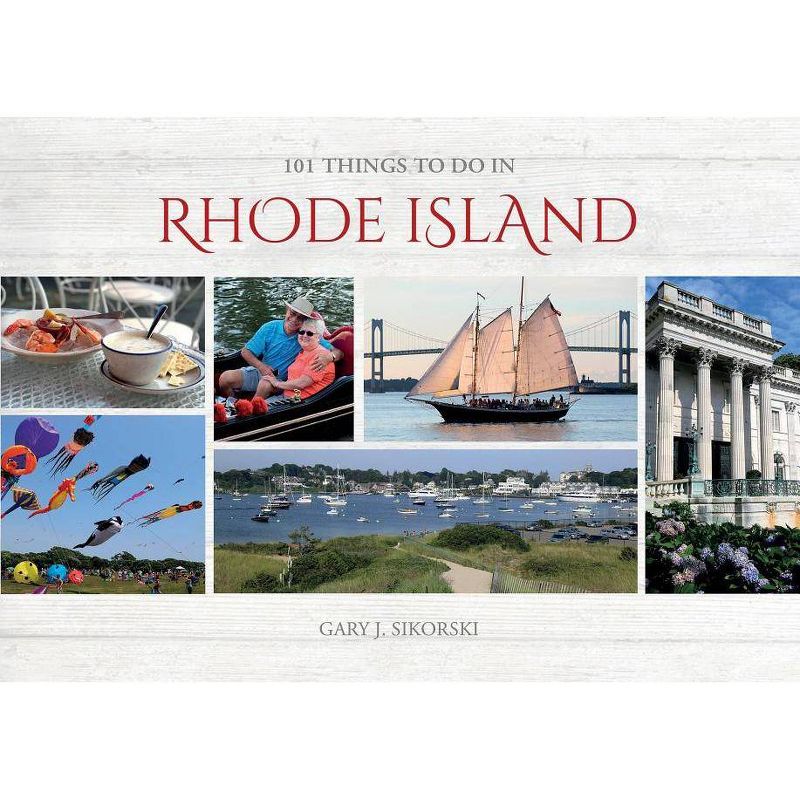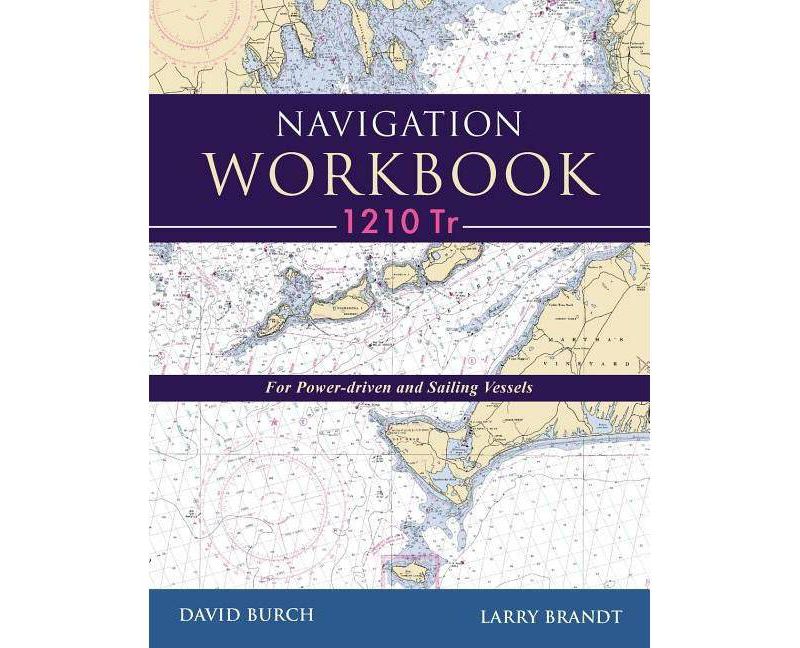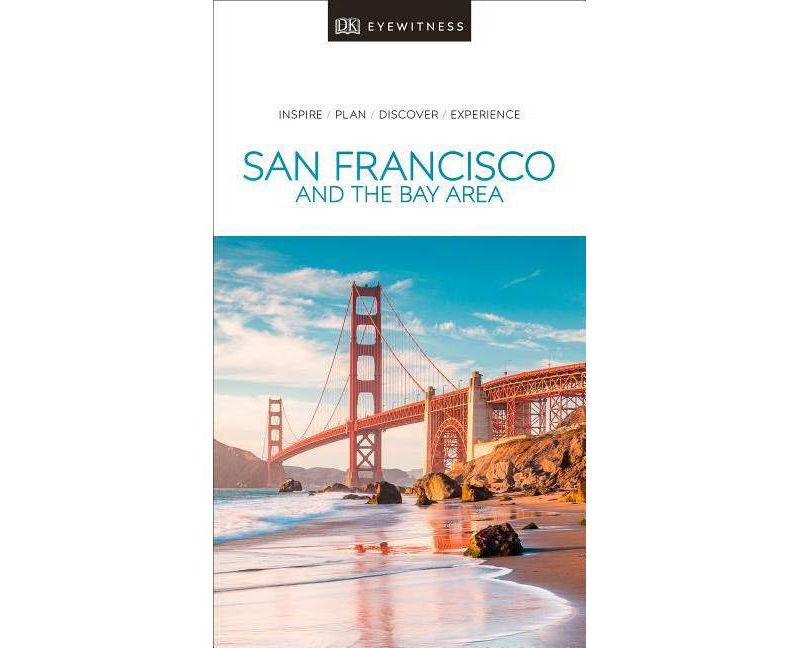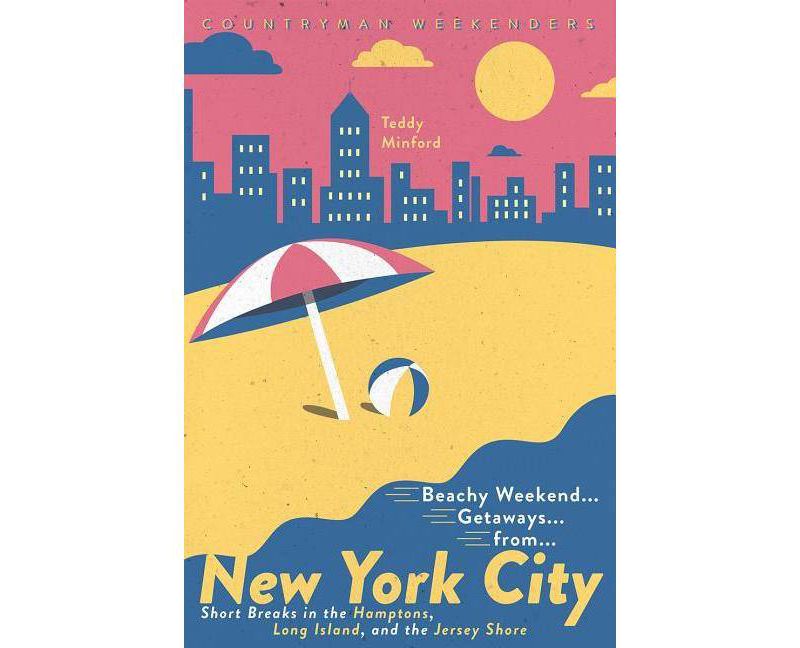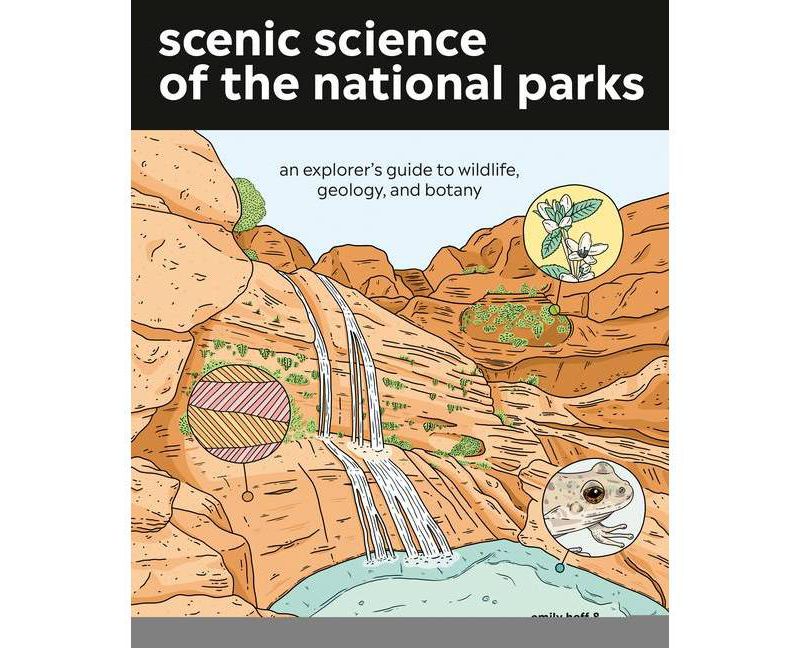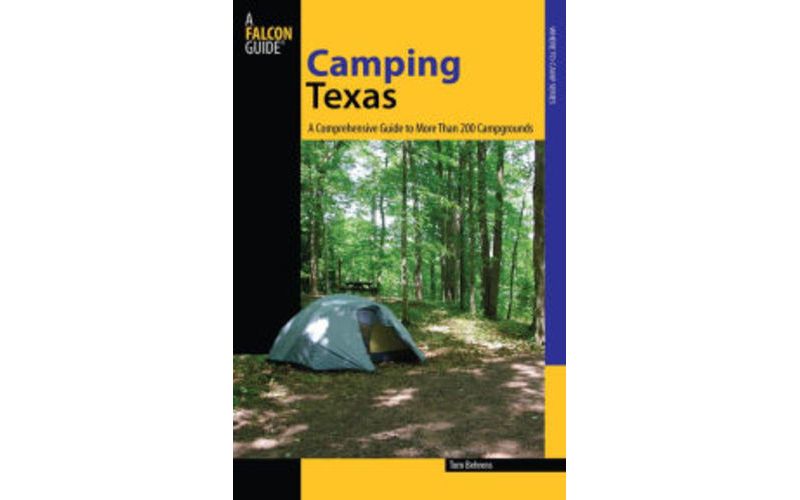Trusted shipping
Easy returns
Secure shopping
- Clothing, Shoes, Jewelry & Watches
- Home, Garden, Outdoor & Pets
- Electronics
- Audio, Video & Portable Devices
- Cables
- Adapters & Gender Changers
- Headsets, Speakers & Soundcards
- Power Protection
- 3D Printing
- Video Cards & Video Devices
- Tools & Components
- Sound Cards
- Alternative Energy
- Barebone / Mini Computers
- SSDs
- Accessories
- Mobile Accessories
- Storage Devices
- Personal Care
- Healthcare
- Home Theatre Systems
- Laptops, Computers & Office
- Speakers & Audio Systems
- Tech Services & Support
- Projectors, TVs & Home Theater
- Wi-Fi & Networking
- Cell Phones
- Electronics Deals
- Headphones
- Tablets & E-Readers
- Digital Cameras
- Home Phones
- Tech Accessories
- Electronics Sanitizing & Cleaning Supplies
- Smart Home
- Batteries, Power Banks & Chargers
- Wearable Technology
- GPS & Navigation
- Movies, Music, Books & Games
- Luggage
- Bible Covers
- Briefcases
- Camo
- Coolers
- Toiletry Bags
- Tote Bags
- Backpacks
- Carry-on Luggage
- Checked Luggage
- Lunch Bags
- Travel Accessories
- Luggage Deals
- Laptop Bags & Briefcases
- Kids' Luggage
- Duffels & Gym Bags
- Suitcases
- RFID Blocking Luggage & Travel Accessories
- Luggage Sets
- Mens' Luggage
- Handbags
- Accessories
- Outdoor
- Beauty Luggage
- Travel Totes
- Garment Bags
- Weekenders
- Messenger Bags
- Beauty & Health
- Category List
- Clothing, Shoes, Jewelry & Watches
- Home, Garden, Outdoor & Pets
- Electronics
- Audio, Video & Portable Devices
- Cables
- Adapters & Gender Changers
- Headsets, Speakers & Soundcards
- Power Protection
- 3D Printing
- Video Cards & Video Devices
- Tools & Components
- Sound Cards
- Alternative Energy
- Barebone / Mini Computers
- SSDs
- Accessories
- Mobile Accessories
- Storage Devices
- Personal Care
- Healthcare
- Home Theatre Systems
- Laptops, Computers & Office
- Speakers & Audio Systems
- Tech Services & Support
- Projectors, TVs & Home Theater
- Wi-Fi & Networking
- Cell Phones
- Electronics Deals
- Headphones
- Tablets & E-Readers
- Digital Cameras
- Home Phones
- Tech Accessories
- Electronics Sanitizing & Cleaning Supplies
- Smart Home
- Batteries, Power Banks & Chargers
- Wearable Technology
- GPS & Navigation
- Movies, Music, Books & Games
- Luggage
- Bible Covers
- Briefcases
- Camo
- Coolers
- Toiletry Bags
- Tote Bags
- Backpacks
- Carry-on Luggage
- Checked Luggage
- Lunch Bags
- Travel Accessories
- Luggage Deals
- Laptop Bags & Briefcases
- Kids' Luggage
- Duffels & Gym Bags
- Suitcases
- RFID Blocking Luggage & Travel Accessories
- Luggage Sets
- Mens' Luggage
- Handbags
- Accessories
- Outdoor
- Beauty Luggage
- Travel Totes
- Garment Bags
- Weekenders
- Messenger Bags
- Beauty & Health
- Baby & Toys
- Sports & Outdoors
- School & Office Supplies
- Breakroom & Janitorial Supplies
- Diaries
- Utility & Stationary
- Pens & Pencils
- Teacher Supplies & Classroom Decorations
- Paper
- Markers
- Binders
- School Supplies
- Packing & Mailing Supplies
- Tape, Adhesives & Fasteners
- Boards & Easels
- Crayons
- Desk Organization
- Pencils
- Filing & Organizers
- Journals
- Pens
- Labels & Label Makers
- Tools & Equipment
- Calendars
- Sticky Notes
- Notebooks
- Erasers & Correction Tape
- Pencil Cases
- Planners
- Retail Store Supplies
- Highlighters
- Locker Accessories
- Cute School Supplies
- School & Office Accessories
- Food & Grocery
- Shops All
- Unique-Bargains
- Cool cold
- Wesdar
- i-Star
- CoCoCo
- Targus
- Cooling Device Accessories
- Xtrike Me
- Tech/Gaming
- Gift Cards
- Women's Accessories
- Flash
- Men's Clothing
- Gift Ideas
- Brand Experiences
- Sale on Select School & Art Supplies
- Jewelry
- Featured Brands
- Nursing Items
- Storage
- Men's Shoes
- College
- School & Office Supplies
- Bullseye's Playground
- PRIDE
- Women's and Men's Shoes & Accessories
- Holiday Trees, Lights & More Sale
- Women's Dresses
- Gingerbread
- Caregiver Essentials
- Baby Bath
- select School Supplies
- Doorbusters
- Bedding & Bath
- Women's Sandals
- Sandals for the Family
- Men's Accessories
- Shops All
- One-day Easter sale
- select Health Items
- Friendsgiving
- Women's Tops, Shorts & Shoes
- Made By Design Organization
- Baby Mealtime
- For New & Expecting Parents
- Crayola Kids' Daily Deal
- Spritz Party Supplies
- Wellness Icon Glossary
- Our Generation Dolls & Accessories Kids' Daily Deal
- select Home items
- Mas Que
- Baby Apparel
- Children's Board Books Kids' Daily Deal
- Select Office Furniture
- Most-added Wedding Registry Items
Buy A Description of the New York Central Park - (Washington Mews Books) by Clarence C Cook (Hardcover) in United States - Cartnear.com
A Description of the New York Central Park - (Washington Mews Books) by Clarence C Cook (Hardcover)
CTNR972182 09781479877461 CTNR972182Big Dot of Happiness
2027-01-06
/itm/a-description-of-the-new-york-central-park-washington-mews-books-by-clarence-c-cook-hardcover-972182
USD
26.67
$ 26.67 $ 27.50 3% Off
Item Added to Cart
customer
*Product availability is subject to suppliers inventory
SHIPPING ALL OVER UNITED STATES
100% MONEY BACK GUARANTEE
EASY 30 DAYSRETURNS & REFUNDS
24/7 CUSTOMER SUPPORT
TRUSTED AND SAFE WEBSITE
100% SECURE CHECKOUT
Number of Pages: 240
Genre: Travel
Sub-Genre: Parks & Campgrounds
Series Title: Washington Mews Books
Format: Hardcover
Publisher: New York University Press
Age Range: Adult
Author: Clarence C Cook
Language: English
A Description of the New York Central Park by Clarence Cook was one of the first comprehensive guides to Central Park and it remains one of the finest. Albert Fitch Bellows's rich illustrations of the Parks historic structures were an essential reference tool as the Conservancy fulfilled its mission of bringing the Park back from decades of decline to the healthy vibrant park of today. This book is a must for anyone who cherishes Central Park and understands its historic significance as a masterpiece of landscape architecture.--Douglas Blonsky, President and CEO of the Central Park Conservancy and Central Park Administrator
Clarence Cook is essential reading for anyone who wishes to understand how the original creators of Central Park wished visitors to experience this first great public designed landscape. In her introduction, Maureen Meister reveals the interesting circumstances surrounding the book's conception and production.--Francis R. Kowsky, author of Country, Park & City: The Architecture and Life of Calvert Vaux
I love reissues of essential books with new forewords that provide the backstories of the creators.. Maureen Meister ...unpacks the personalities, prejudices, and relationships between the publisher, printer, author, illustrator and the designers of the object of their attention, Central Park, all of whom were interconnected in multiple, fascinating ways.--Keith N. Morgan, Professor Emeritus, History of Art and Architecture, Boston University
This delightful early history of Central Park was written with considerable assistance from Frederick Law Olmsted and Calvert Vaux and thus accurately reflects their intent in designing and administering the park. To Clarence Cook's insightful tour of the park and the handsome engravings prepared by Albert F. Bellows, Maureen Meister has contributed an intelligent introduction that explains the book's publication history, especially the roles of Cook, Bellows, printer Corydon Alvord, and publisher F. J. Huntington.--David Schuyler, author of Sanctified Landscape: Writers, and the Hudson River Valley
Genre: Travel
Sub-Genre: Parks & Campgrounds
Series Title: Washington Mews Books
Format: Hardcover
Publisher: New York University Press
Age Range: Adult
Author: Clarence C Cook
Language: English
About the Book
A facsimile reproduction of the 1869 edition, along with a new introduction by Maureen Meister.Book Synopsis
A new facsimile edition of a classic work on New York's architectural masterpiece--Central Park
Central Park receives millions of visitors every year, tourists and locals alike. A Description of the New York Central Park, published in 1869, is recognized today as the most important book about the park to appear during its early years. The lively, often wry, text was written by Clarence C. Cook, a distinguished Victorian art critic, while the illustrations were drawn by the popular Albert Fitch Bellows. The author and artist examine many sites in the park that survive to this day as well as features that have vanished over time. In a new Introduction, Maureen Meister reveals how the book came about. In the mid-1860s, the park's designers, Frederick Law Olmsted and Calvert Vaux, were battling to defend their plan. Of greatest concern was a proposal to build ornate entrances, suggestive of French imperialism. If realized, the gates would have undermined the park's natural and democratic image. At the same time, the park was threatened by a proliferation of monuments. Meister tells how Olmsted and Vaux advised Cook on what he wrote, and she has found evidence to suggest that they initiated the book's publication. This book is their book. While the original volume offers much to delight the modern reader, Meister's Introduction sheds light on how the book served a greater purpose. It was published to champion Olmsted and Vaux and to advocate for their vision--a dream for a magnificent public park that has come to be regarded as New York City's achievement and a model for the nation.Review Quotes
A Description of the New York Central Park by Clarence Cook was one of the first comprehensive guides to Central Park and it remains one of the finest. Albert Fitch Bellows's rich illustrations of the Parks historic structures were an essential reference tool as the Conservancy fulfilled its mission of bringing the Park back from decades of decline to the healthy vibrant park of today. This book is a must for anyone who cherishes Central Park and understands its historic significance as a masterpiece of landscape architecture.--Douglas Blonsky, President and CEO of the Central Park Conservancy and Central Park Administrator
Clarence Cook is essential reading for anyone who wishes to understand how the original creators of Central Park wished visitors to experience this first great public designed landscape. In her introduction, Maureen Meister reveals the interesting circumstances surrounding the book's conception and production.--Francis R. Kowsky, author of Country, Park & City: The Architecture and Life of Calvert Vaux
I love reissues of essential books with new forewords that provide the backstories of the creators.. Maureen Meister ...unpacks the personalities, prejudices, and relationships between the publisher, printer, author, illustrator and the designers of the object of their attention, Central Park, all of whom were interconnected in multiple, fascinating ways.--Keith N. Morgan, Professor Emeritus, History of Art and Architecture, Boston University
This delightful early history of Central Park was written with considerable assistance from Frederick Law Olmsted and Calvert Vaux and thus accurately reflects their intent in designing and administering the park. To Clarence Cook's insightful tour of the park and the handsome engravings prepared by Albert F. Bellows, Maureen Meister has contributed an intelligent introduction that explains the book's publication history, especially the roles of Cook, Bellows, printer Corydon Alvord, and publisher F. J. Huntington.--David Schuyler, author of Sanctified Landscape: Writers, and the Hudson River Valley

